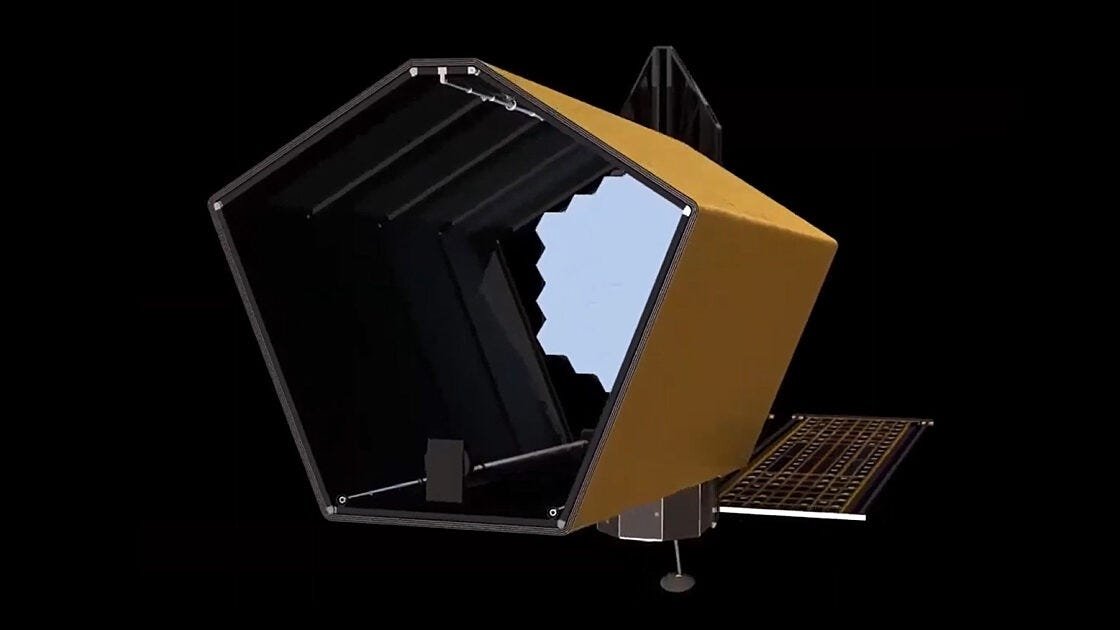At the end of July, hundreds of scientists convened to plan NASA’s upcoming astrophysics flagship mission. Will the US allow it to happen?
Out there in the Universe, a great existential question remains unanswered: are we alone in the Universe? Despite all that we’ve learned — about matter, about the Universe, about all the other stars and planets out there beyond our own Solar System — this is a question whose answer remains elusive to science. That’s okay; if you want to know the answer to a big question, you have to make a big effort. Our past and present endeavors have brought us so far in our quest to understand the Universe, teaching us what it’s made of, where it came from, and how it evolved to be the way it is today. In order to answer the next big series of questions, we need new facilities to do it: space-based and ground-based observatories that surpass the limits of all prior telescopes and instruments.
The telescope that should finally be powerful enough to make a bona fide discovery of an inhabited planet beyond our Solar System isn’t just a dream, but rather is a proposed flagship NASA mission that has already been selected to move forward: the Habitable Worlds Observatory. During the final…

